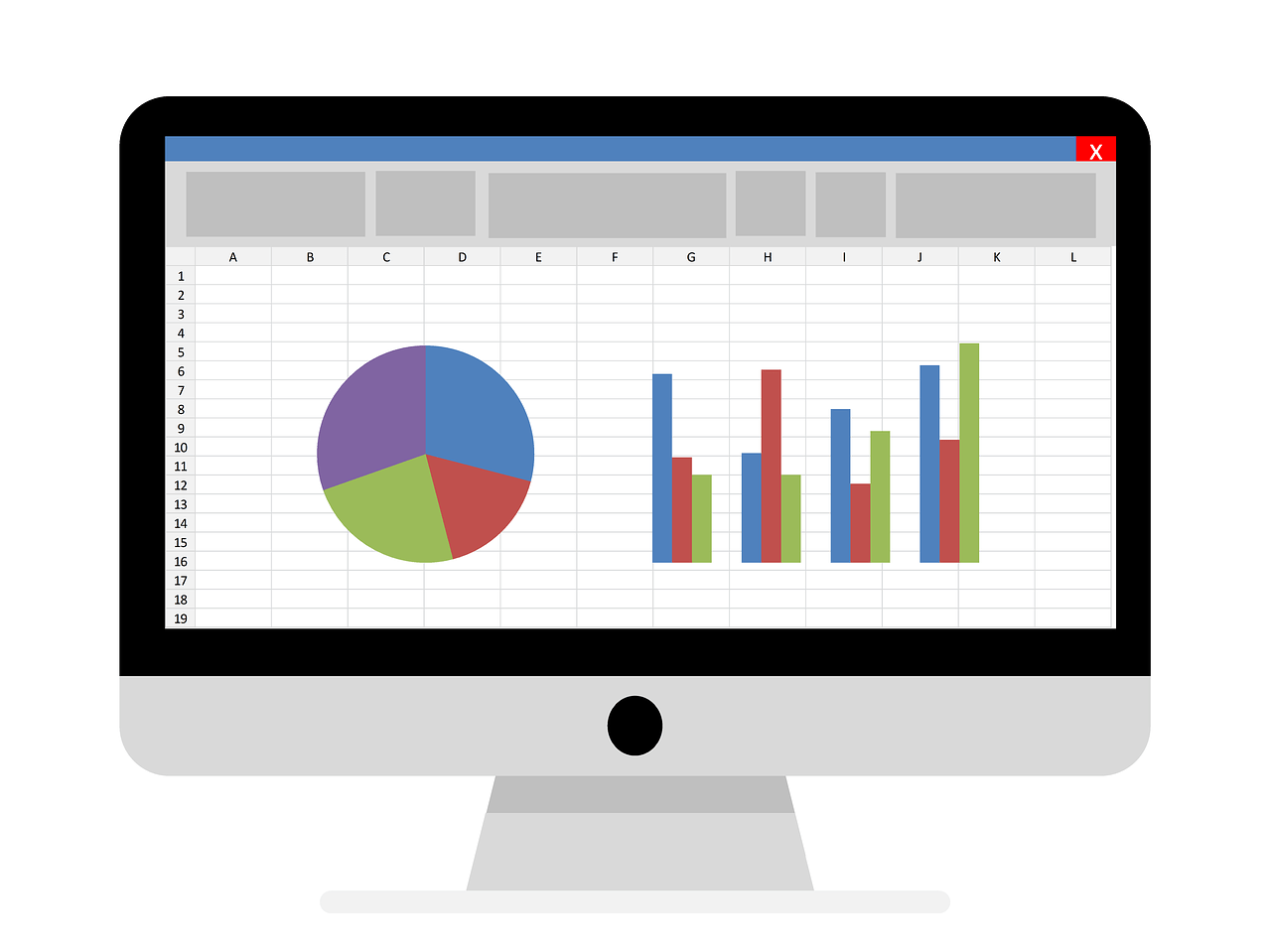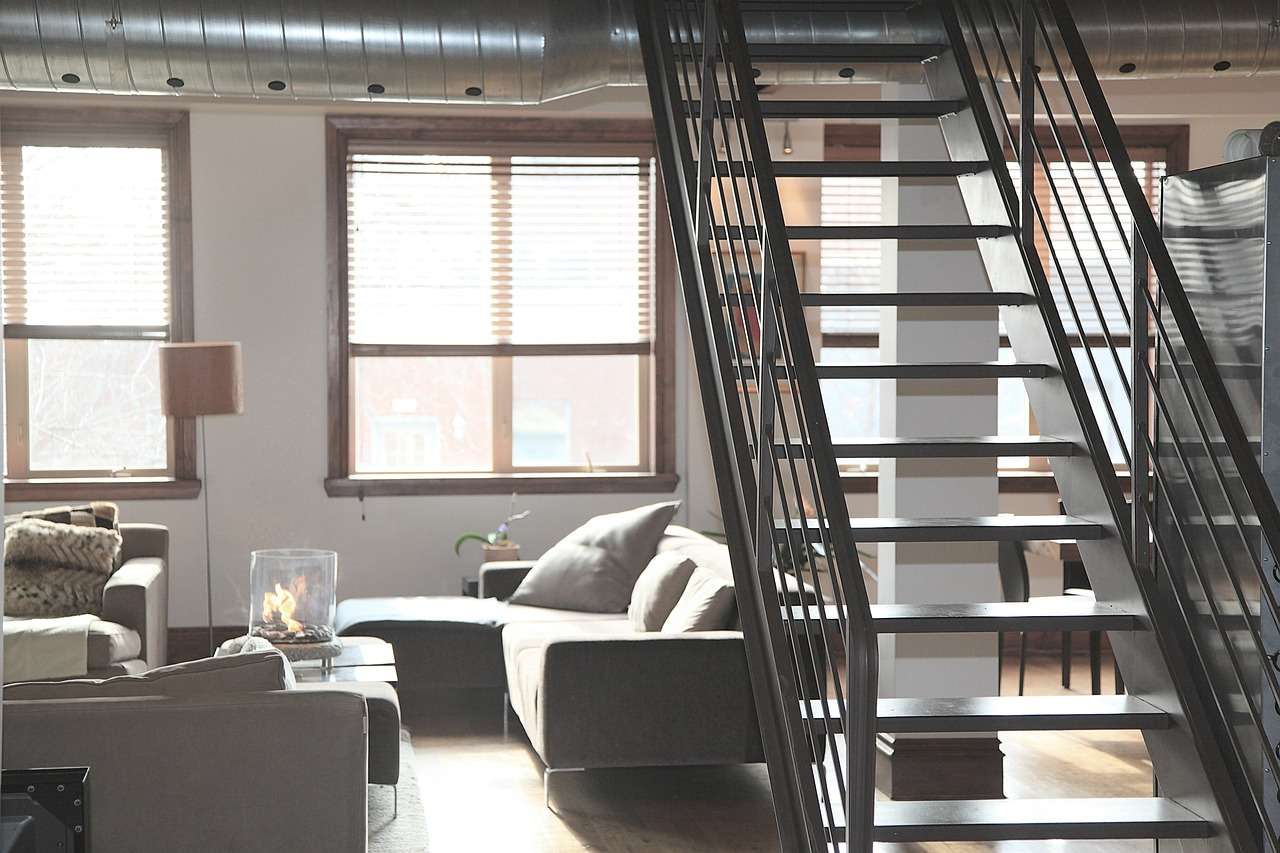
1. Housing
Housing is perhaps the most consequential category in the consumer price index, a key inflation barometer.
Housing is the largest expense for an average U.S. household. The "shelter" category — which measures costs for renters and homeowners — therefore accounts for more than a third of the CPI weighting, the most of any category.
"Every single component [of the CPI] has some idiosyncratic measurement issue," Zandi said. "But housing is particularly important. It drives a lot of the inflation train."
Price changes in "shelter" were generally muted before the pandemic, economists said. But Covid-19 warped that dynamic: Housing costs shot up but have slowed and even started to fall in some areas, economists said.
Nationally, Americans saw rents grow by 5% in April from a year earlier, to about $2,018 a month on average nationally, according to Zillow Observed Rent Index data. That's a significant slowdown from 17% growth during the prior year, from April 2021 to April 2022.
Here's the problem: The CPI doesn't capture those price trends in real time.
It operates with a substantial lag, meaning it can take six months to a year for a decline (or increase) in current housing prices to fully feed through to inflation data, economists said.
"It's not necessarily a particularly accurate gauge of what's going on in the housing market right now," said Andrew Hunter, deputy chief U.S. economist at Capital Economics.
Here's the reason for the lag: The U.S. Bureau of Labor Statistics collects rent data from sample households every six months. The BLS also divides these sample households into six different subgroups (called "panels") and staggers when it collects data for each. Per the BLS, rents for Panel 1 are collected in January and July; Panel 2, in February and August, and so on.
That means it can take a year or so to collect data from all the subgroups.
Overall inflation is expected to slow sharply during the second half of the year as the CPI incorporates the housing price cooldown, economists said.
"It's almost as much of a certainty as you can get, really," Hunter said.
There's an additional housing measurement quirk: The BLS tries to assess price changes for homeowners as well as renters, in a subcategory called "owners' equivalent rent."
The measure is essentially a survey that reflects the price homeowners believe they could get if they were to rent their home. While somewhat tied to market rents, homeowners aren't necessarily feeling those inflationary pressures — especially those who own their homes or have a fixed mortgage, Zandi said.
2. Health insurance
Health insurance prices have been falling by about 4% a month since October, according to CPI data.
Consumers' out-of-pocket costs haven't necessarily dropped, though.
For example, the average person with family insurance coverage through an employer-sponsored health plan saw premiums rise to $509 a month in 2022 from $497 in 2021, according to the Kaiser Family Foundation.
Why the discrepancy?
The government doesn't calculate health insurance inflation by measuring consumers' direct costs, such as monthly premiums. It's hard to assess the value consumers get for those premiums; costs may go up, but consumers don't necessarily get more bang for their buck. An increase in premiums might more reflect poorer underlying health of the insured population than better policy benefits, for example.
So, the government instead measures costs indirectly, based partly on health insurers' profits. Profit margins serve as a proxy of consumer prices.
Early in the Covid-19 pandemic, health insurers' profits jumped. Consumers were still paying premiums but were generally disallowed from visiting doctors or hospitals for elective procedures.
Now, consumers are using their insurance more often. Insurers' aggregate profits shrank in 2021 relative to 2020 since they paid out more insurance benefits — and hence the monthly inflation readings flipped negative.
The BLS updates its profit-related calculations once a year, in October.
Health insurance inflation readings may flip positive in fall 2023 and persist into 2024 due to this dynamic, Zandi said. Health care may be among the few consumer categories notching higher inflation toward year's end when most other categories have been slowing, he said.
3. Consumer electronics
Consumer electronics — like those for smartphones, TVs and computers — were among the few categories that saw deflated prices in 2022.
That trend has continued into 2023: Smartphone prices have declined by 20% in the year through April, for example, according to the CPI.
However, phone prices haven't exactly fallen at the store.
"The consumer isn't necessarily seeing that," said Kenneth Kim, senior economist at KPMG. "To them, it just seems the price has gone up and up and up each year."
The duality is due to a "hedonic quality adjustment."
The BLS adjusts the prices of consumer electronics for quality — improvements in microchips, software and screen resolution, for example — which gives the illusion of a falling price on paper. The agency does the same for other categories like consumer appliances and apparel.
In other words, consumers are getting better-quality electronics for the price they pay. With the adjustment, prices appear to deflate.
"In that sense, it is a lower price because you're getting a lot more value," Kim said.
Source: How inflation is measured: 3 examples
https://www.creconsult.net/market-trends/how-inflation-is-measured-3-examples/




